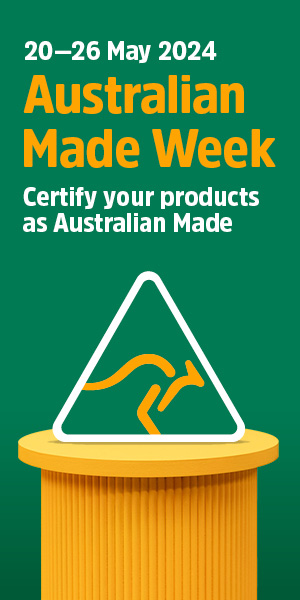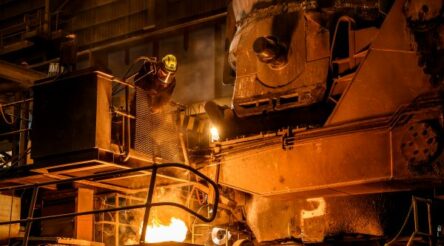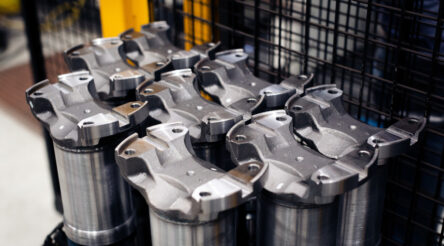Geelong manufacturers call for SME focus for NRF

The Federal Government’s $15 billion National Reconstruction Fund (NRF) should be designed to reduce hurdles and ease access for Australia’s predominantly small and medium sized manufacturing enterprises, according to the Geelong Manufacturing Council.
In a submission to the Government’s NRF, GMC called for the establishment of a decentralised team of business advisers to support SMEs in going through the application process to the NRF.
Modelled on the successful Clean Energy Finance Corporation (CEFC), the NRF will provide finance including loans, guarantees and equity investment for projects that ‘diversify and transform Australia’s industry and economy’. These will be in seven priority areas of the Australian economy.
GMC, one of Australia’s leading regional industry bodies, commended the government’s focus and emphasis on regional development in the NRF development.
However, it said it was important that a stated portion of the total NRF be allocated to regional-based companies, and that ‘this quota be sufficient to fulfil the vision and intention of the NRF’.
Australian SME applications should also constitute a significant percentage of the fund’s allocation, according to the council’s submission, to ensure the fund remained consistent with the government’s stated intention for the NRF.
According to the GMC, based on the precedents around the operation of the Clean Energy Finance Corporation and Northern Australia Infrastructure Facility, some of the following areas should be addressed through the design phase to better accommodate issues impacting regional businesses, and SME manufacturers.
While manufacturers may be interested in government debt or equity for a project, most can be expected to baulk at relinquishing equity in their companies.
This means that applicants must be able to structure the investment opportunity as a standalone project, rather than as an investment in the company itself, which will create significant hurdles for SMEs.
In addition government must be expected to have a higher tolerance for risk than more traditional sources of investment such as a bank.
“New projects within the SME manufacturing sector, like most start-ups, require patient capital.
“Is seven years for average investment maturity patient enough for a Government seeking to drive sustainable growth and secure financial prosperity?
“Many SME companies have walked away from CEFC and NAIF processes previously on the basis of the processes being too time consuming.”
In order to address this, the GMC said the government should:
- Ensure sufficient resources are available to provide genuine and guided support for SME companies going through the application process
- Establish a decentralised team, similar to the Entrepreneurs Programme Business Advisers. There has been a tendency in the past for CEFC and NAIF personnel to act as ‘gatekeepers’
- Establish timelines that reduce the burden on SMEs, and introduce clear processes that are well communicated, to ease SME approaches to the NRF
- Require that large company applicants to the NRF include a minimum of 10 and up to 100 Australian SME supply chain partners – in high value segments of the project – as part of their applications
- And require that Australian SME applications constitute a significant percentage of the fund’s allocation, so that it remains consistent with the Government’s stated intention for the NRF.
The GMC also called on the government to ensure grant programmes continued to be strongly supported, because ‘transformation for many Australian manufacturers can come from simple actions as well as major interventions’.
Picture: Jennifer Conley
Topics Manufacturing News
@aumanufacturing Sections
Analysis and Commentary Awards Defence Manufacturing News Podcast Technology Videos










